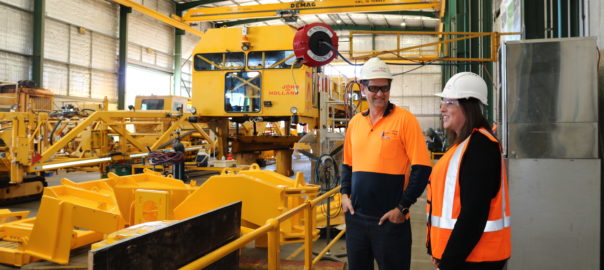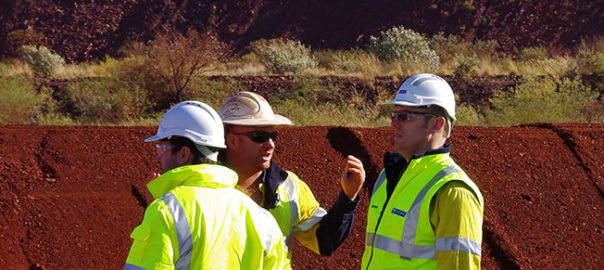Infrastructure and rail specialist, John Holland, is currently mobilising advanced specialist railway fleet to carry out maintenance and service support across the Western Australia rail network.
The mass assembly of equipment involves the refurbishment and service of multi-million dollar machinery at John Holland’s Welshpool Plant Operations Centre including Tampers, Regulators, Mobile Flashbutt welders and the New Track Construction Machine (NTC, pictured).
In August, this specialised rail construction equipment will be shipped to the Pilbara for projects owned by Rio Tinto and Fortescue Metals Group. John Holland still maintains a significant rail specialised plant presence at its South West based operations, including a maintenance contract with the Public Transport Authority and project works with Arc Infrastructure, the company said.
“As it’s only used every few years, there’s always a buzz with rail enthusiasts when the NTC is unpacked from storage,” John Holland Plant Operations Manager, Anne Williams (also pictured), said. “It was most recently used to lay 350 km of railway at Roy Hill and, prior to that, it was used in the construction of the Perth to Mandurah Rail Line.”
John Holland Plant Services has been in operating in Western Australia for 22 years and at the current Welshpool location for six years. According to Williams, her local team of 26 are proud to do their bit in supporting the Australian economy.
“John Holland own the largest privately owned specialist railways maintenance fleet in Australia, which includes fully equipped service vehicles. We also manufacture and carry out modification of specialised rail track machines,” she said.
“It’s well known that Western Australia’s mining industry is playing a significant role in the economy and our role is to provide this industry with much-needed infrastructure to keep it moving forward.”









